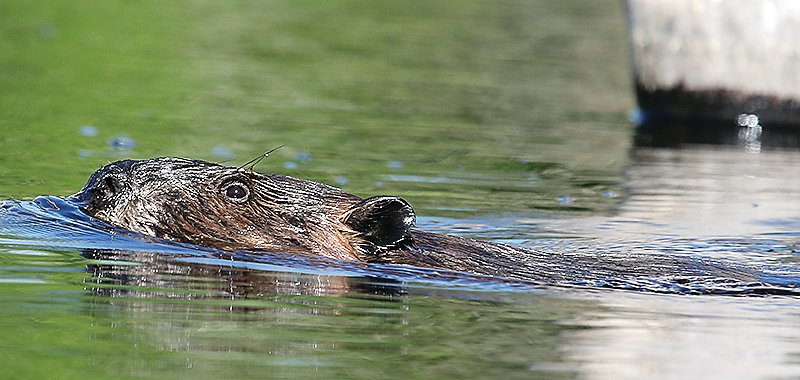Support the Timberjay by making a donation.
Sounds of the pond
From frogs to swans, a beaver pond always attracts plenty of wildlife
SUPERIOR NATIONAL FOREST— Out here in the backwoods, you can usually hear a beaver pond before you can see it. The winnowing of snipe. The chorus of frogs. The slap of a beaver’s tail on the …
This item is available in full to subscribers.
Attention subscribers
To continue reading, you will need to either log in to your subscriber account, or purchase a new subscription.
If you are a current print subscriber, you can set up a free website account and connect your subscription to it by clicking here.
If you are a digital subscriber with an active, online-only subscription then you already have an account here. Just reset your password if you've not yet logged in to your account on this new site.
Otherwise, click here to view your options for subscribing.
Please log in to continue |
Sounds of the pond
From frogs to swans, a beaver pond always attracts plenty of wildlife
SUPERIOR NATIONAL FOREST— Out here in the backwoods, you can usually hear a beaver pond before you can see it. The winnowing of snipe. The chorus of frogs. The slap of a beaver’s tail on the still water. The “konk-a-ree” of the red-winged blackbird. The persistent chatter of the eastern kingbird— a member of the appropriately-named tyrant flycatcher family— which lords over most beaver ponds like an over-caffeinated Napolean.
These are the sounds of life, which is why I find myself attracted to beaver ponds whenever I’m ready to pull out the camera to see what I can put in the “crosshairs” of my camera lens.
This particular beaver pond, located a couple miles west of the Pfeiffer Lake campground off an old logging road, had been calling out to me for a while. I like to mountain bike on the old road and had stopped a few times on an overlook to just listen to the sounds of the pond. It’s a big pond, one that has clearly provided a home to a wide assemblage of life for decades.
Finally, this past weekend, I loaded my kayak into the back of the pickup, and drove as close as I could get, dragging the kayak (it’s indestructible) the rest of the way through the woods in order to explore the pond’s twists and turns.
Much of the pond is dominated by the ghosts of the black ash forest that once grew in this narrow valley, tucked between two ridges of glacial till. The bleached “bones” of those trees still stand high above the pond, creating perfect reflections on the glass-like water.
The beavers’ lodge was tucked into a far corner of the pond and as I passed by it, two of the resident beaver came out to make their displeasure known. I’m sure I was among the first human intruders into their world and they weren’t about to let my presence go without objection, as they circled around me, slapping their tails every minute or so until I decided to move on down the pond.
Red-wings and grackles both inhabitants of swamps and beaver ponds in the North Country, flew back and forth noisily, no doubt tending to nestlings as well as territorial boundaries.
Further down the shore, I found sign that a moose had recently been feeding on aquatic vegetation in the shallows. Around the next bend, I saw the pair of trumpeter swans, off at a distance, eyeing me warily through the dead trees. How long they had been watching me was unclear, but they seemed to know the moment I spotted them and quickly disappeared from view into a thicket of cattails and other vegetation. They would reappear later, their deep trumpeting adding to the sounds of the morning, only to take flight briefly before settling back in on the other side of the pond. It wasn’t clear if the swans were nesting since I saw no sign of any cygnets. It’s not unusual for younger adult swans to pair up and identify a nesting site, such as a large beaver pond, but then wait several years before finally breeding. That’s not unusual in large, long-lived birds. Trumpeters can live up to 30 years in the wild.
Trumpeters are one of the species that has certainly benefitted from the return of the beaver in recent years. The sharp reduction in beaver trapping has allowed beavers to thrive and they’re creating new habitat for waterfowl all throughout our region. While I know that beavers can be destructive at times, they remake the North Country in ways that few other denizens, other than humans, can achieve. Which is why I’ll continue to listen as I explore the backroads for the telltale sounds of life at the beaver pond.






